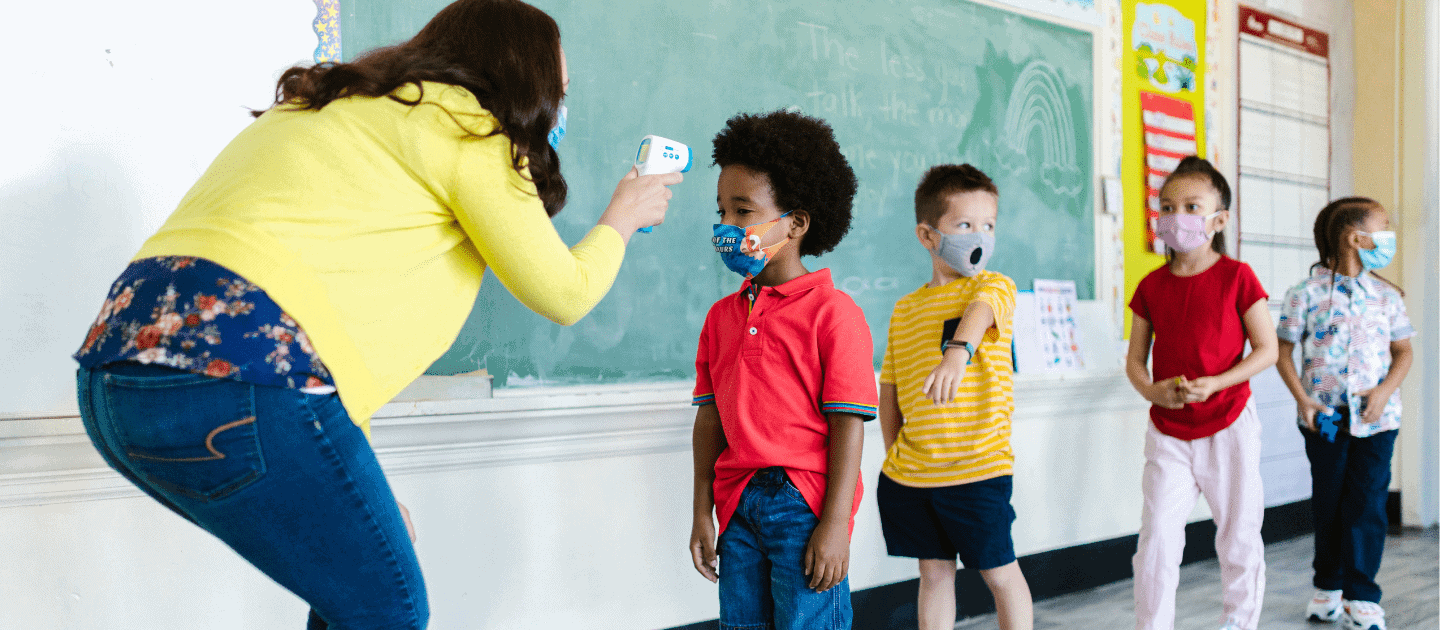
Artificial Intelligence Enabled Personalized Assistive Tools To Enhance Education of Children With Neurodevelopmental Disorders
Special educators were already experiencing high rates of stress and burnout before the pandemic. This study emphasizes the additional stress on special educators during the pandemic.
14 Apr 2024

